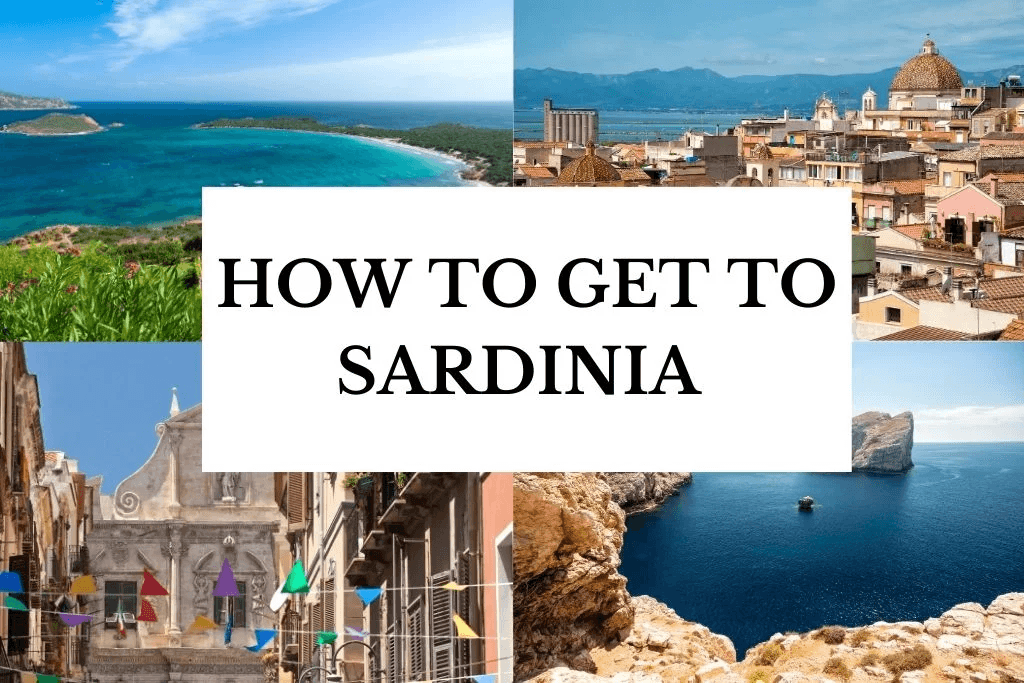Sardinia, the second-largest island in the Mediterranean Sea, is an enchanting destination known for its diverse landscapes, rich history, and vibrant culture. Located to the west of the Italian mainland and south of Corsica, this Italian region offers a unique blend of natural beauty and historical significance. From stunning coastlines and rugged mountains to ancient ruins and charming towns, Sardinia has something to captivate every traveler.
Geography and Climate: The Natural Wonders of Sardinia
Sardinia’s geography is as diverse as its history. The island is characterized by its rugged coastline, which stretches for over 1,800 kilometers, and its mountainous interior. The highest peak is Punta La Marmora, reaching 1,834 meters, located in the Gennargentu mountain range. The coastline is dotted with picturesque beaches, crystal-clear waters, and dramatic cliffs. The island’s diverse landscapes include rolling hills, dense forests, and expansive plains.
Sardinia’s climate is Mediterranean, with hot, dry summers and mild, wet winters. The summer months, from June to September, are ideal for beachgoers, offering warm temperatures and plenty of sunshine. Spring and autumn provide a more temperate climate, making these seasons perfect for exploring the island’s natural and historical sites.
The Beaches: Sardinia’s Coastal Treasures
Sardinia is renowned for its pristine beaches, which are considered some of the most beautiful in the Mediterranean. The Costa Smeralda, or “Emerald Coast,” is famous for its turquoise waters and luxury resorts. The beaches here, such as Cala di Volpe and Spiaggia del Principe, are known for their fine white sand and crystal-clear waters.
Another notable beach is La Pelosa, located near Stintino in the northwest of the island. This beach is celebrated for its shallow, clear waters and its stunning view of the ancient tower of Pelosa. For those seeking a more secluded experience, Cala Goloritzé, accessible only by hiking or boat, offers breathtaking scenery and tranquil waters.
Historical and Cultural Richness: Exploring Sardinia’s Heritage
Sardinia’s history is rich and complex, with influences from various civilizations including the Phoenicians, Romans, Byzantines, and Catalans. The island’s archaeological sites provide a glimpse into its ancient past.
The Nuragic Civilization, which thrived from the Bronze Age to the Iron Age, left behind a series of mysterious stone structures known as nuraghes. These megalithic towers are scattered across the island, with Su Nuraxi in Barumini being the most famous. Su Nuraxi is a UNESCO World Heritage site and offers insight into the sophisticated construction techniques of the Nuragic people.
Sardinian Cuisine: A Culinary Adventure
Outdoor Activities: Embracing Sardinia’s Natural Beauty
Cities and Towns: Sardinia’s Urban Charm
Travel Tips: Making the Most of Your Sardinian Adventure
- Transportation: Renting a car is highly recommended for exploring Sardinia, as many of the island’s attractions are spread out and not easily accessible by public transportation. Driving allows you to explore the island at your own pace and discover hidden gems off the beaten path.
- Accommodation: Sardinia offers a wide range of accommodation options, from luxury resorts to charming bed and breakfasts. Consider staying in a rural agriturismo for a more authentic experience, or opt for a seaside hotel for stunning views and easy access to the beach.
- Local Customs: Sardinia has its own distinct culture and traditions. Learning a few basic phrases in Italian and respecting local customs can enhance your travel experience. Additionally, participating in local festivals and events provides a deeper understanding of the island’s culture.
- Packing Essentials: Depending on the time of year you visit, be sure to pack appropriately. In the summer, lightweight clothing, sunscreen, and swimwear are essential. In the cooler months, layers and a light jacket may be needed, especially in the mountainous regions.
